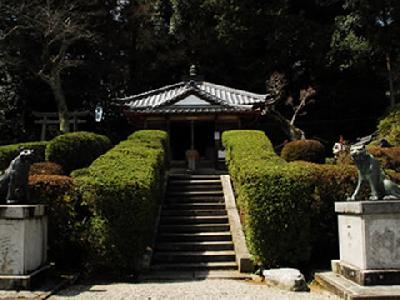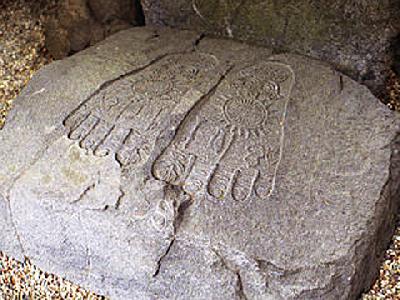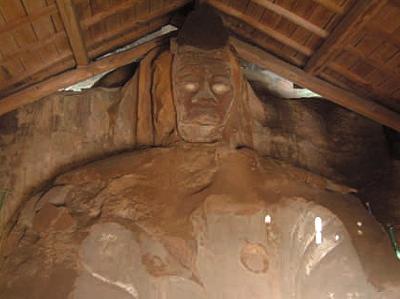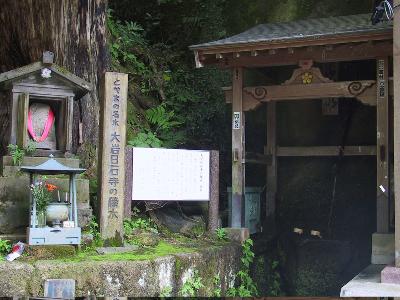|
Nara Daigan Temple is an Omuro Shingon Buddhist temple in Ouda-ku, Uda, Nara Prefecture. The name of the mountain where it is sited is Mt Satta.
Nara Daigan Temple is also called Shichifuku-ji. Soga-no-umako established the temple on the order of the prince Shotoku. During the Edo period, the Uda Matsuyama clan preserved it.
The principal image of Nara Daigan Temple is a statue of the Eleven-headed Kannon-bosatsu. The temple was once burnt down yet the image was saved miraculously. As a result, the image is now called the 'Non-burning Kannon'.
It is also believed that the image can help avert fire disasters. Within the precinct, rare items include Buddhist stones and Fudezuka of Morino Yoshinori. It is famous for its Lenten fare.
Nara Daigan Temple is also called Shichifuku-ji. Soga-no-umako established the temple on the order of the prince Shotoku. During the Edo period, the Uda Matsuyama clan preserved it.
The principal image of Nara Daigan Temple is a statue of the Eleven-headed Kannon-bosatsu. The temple was once burnt down yet the image was saved miraculously. As a result, the image is now called the 'Non-burning Kannon'.
It is also believed that the image can help avert fire disasters. Within the precinct, rare items include Buddhist stones and Fudezuka of Morino Yoshinori. It is famous for its Lenten fare.
| [+ADDRESS] | 
|















